Innovative Shipping Container Restaurant Concepts Transforming Urban Dining Experiences
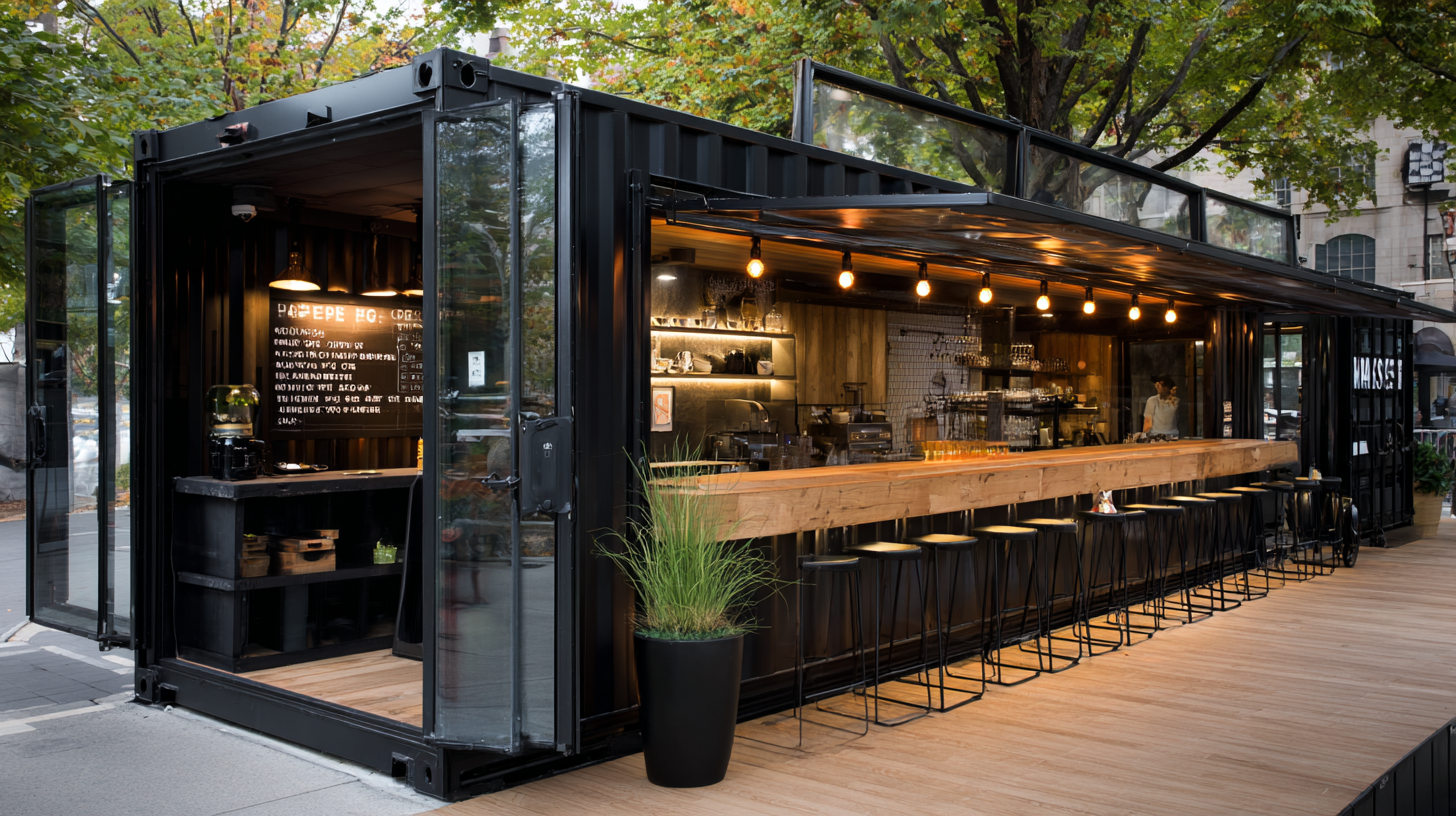 In recent years, the concept of the "shipping container restaurant" has emerged as a groundbreaking trend in urban dining, reshaping how we experience food in cityscapes. As experts in the industry have noted, these innovative dining spaces not only maximize land use but also offer unique aesthetic appeal and cost-effective solutions for restaurateurs. Renowned architect and urban planner, James Smith, emphasizes this transformative effect, stating, "Shipping container restaurants are pushing the boundaries of conventional dining by creating vibrant spaces that foster community while being environmentally conscious."
In recent years, the concept of the "shipping container restaurant" has emerged as a groundbreaking trend in urban dining, reshaping how we experience food in cityscapes. As experts in the industry have noted, these innovative dining spaces not only maximize land use but also offer unique aesthetic appeal and cost-effective solutions for restaurateurs. Renowned architect and urban planner, James Smith, emphasizes this transformative effect, stating, "Shipping container restaurants are pushing the boundaries of conventional dining by creating vibrant spaces that foster community while being environmentally conscious."
These modular structures have become a symbol of adaptability and creativity in urban environments, appealing to a diverse range of culinary offerings. From gourmet food trucks to high-end eateries, the versatility of shipping container restaurants enables chefs to experiment without the heavy investments that traditional brick-and-mortar setups require. As urban populations continue to grow and the push for sustainable solutions escalates, shipping container restaurants are not just a fleeting trend; they are redefining the landscape of urban dining for good.
Exploring the Rise of Shipping Container Restaurants in Urban Settings
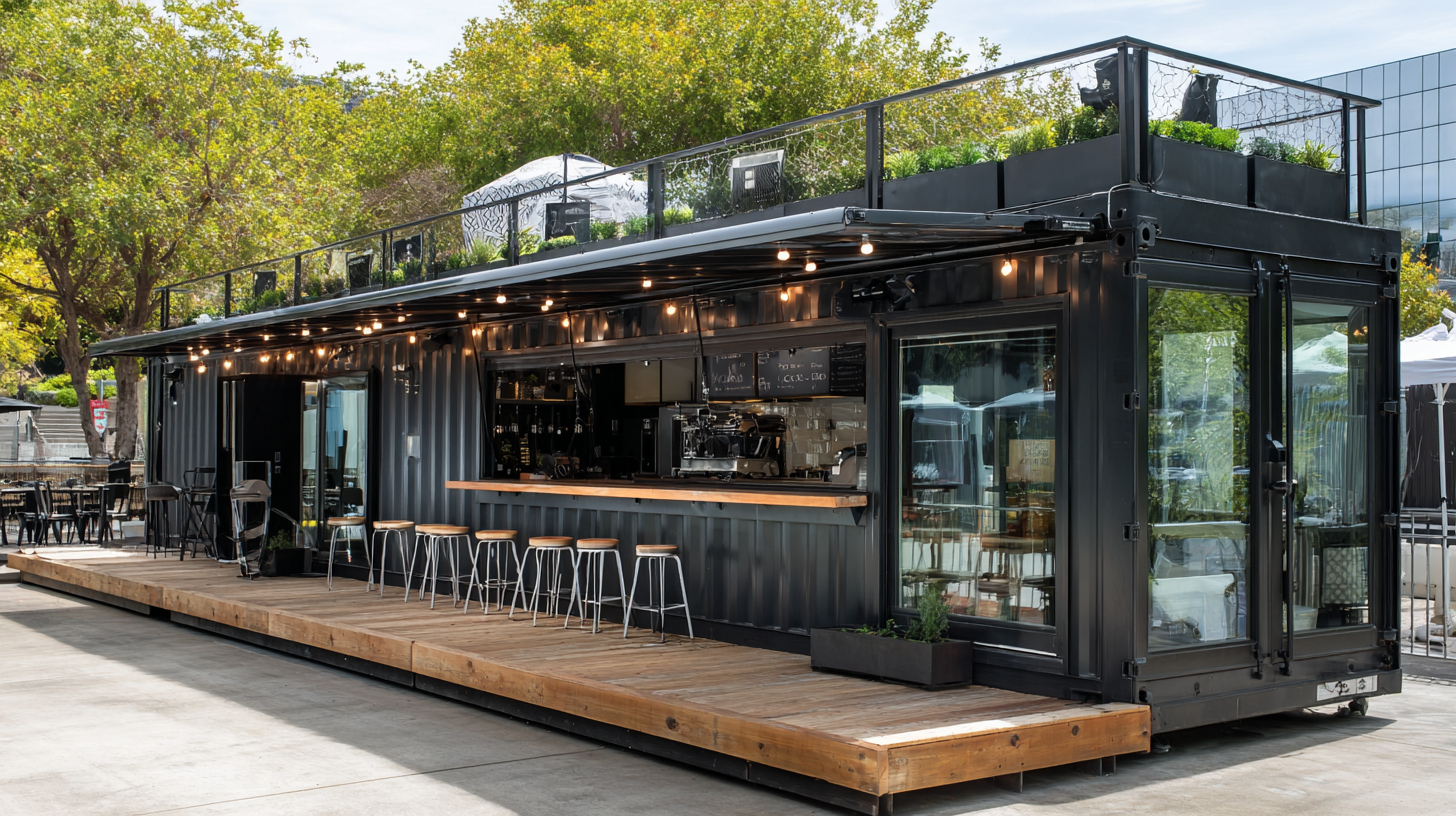 In recent years, shipping container restaurants have emerged as a trendy solution to urban dining challenges. These innovative eateries utilize repurposed shipping containers, creating unique spaces that cater to the growing demand for sustainable dining options in bustling city environments. The modular design allows for flexibility, enabling restaurateurs to establish pop-up locations or permanent fixtures that can easily adapt to different urban landscapes. Each container can reflect a distinct aesthetic, enhancing the city's architectural diversity while providing a comfortable dining experience.
In recent years, shipping container restaurants have emerged as a trendy solution to urban dining challenges. These innovative eateries utilize repurposed shipping containers, creating unique spaces that cater to the growing demand for sustainable dining options in bustling city environments. The modular design allows for flexibility, enabling restaurateurs to establish pop-up locations or permanent fixtures that can easily adapt to different urban landscapes. Each container can reflect a distinct aesthetic, enhancing the city's architectural diversity while providing a comfortable dining experience.
Moreover, the rise of shipping container restaurants aligns with the current trend of reducing waste and promoting sustainability. By recycling containers that would otherwise contribute to environmental degradation, these restaurants embody a commitment to eco-friendly practices. Many actively source local ingredients, further minimizing their carbon footprint and supporting community agriculture. As urban populations expand, these innovative concepts not only offer diverse culinary experiences but also foster a sense of community, making them a valuable addition to the modern urban dining scene.
Sustainability and Eco-Friendliness: The Green Appeal of Container Dining
Urban dining is undergoing a remarkable transformation through the innovative use of shipping containers. These repurposed structures not only provide a unique ambiance but also emphasize sustainability and eco-friendliness, appealing to a growing demographic of environmentally conscious consumers. According to a recent report by the Sustainable Restaurant Association, 72% of diners are more likely to choose establishments committed to sustainable practices. This trend is driving the adoption of container dining, as these restaurants often utilize recycled materials, energy-efficient appliances, and minimize waste.
Tips for maximizing sustainability in container dining include sourcing ingredients locally to reduce carbon footprints and leveraging solar energy for power needs. By integrating greenery into the design, such as rooftop gardens, restaurants can further enhance their eco-credentials while providing fresh produce. This approach not only benefits the environment but also elevates the dining experience through an aesthetic connection to nature.
Moreover, innovations in waste management, such as composting and recycling systems, have become integral to the operations of container restaurants. The National Restaurant Association reports that restaurants implementing sustainable practices can save up to 30% on their energy bills. As urban centers continue to embrace these innovative dining solutions, the movement towards sustainability will likely shape the future of the culinary landscape.
Innovative Shipping Container Restaurant Concepts Transforming Urban Dining Experiences - Sustainability and Eco-Friendliness: The Green Appeal of Container Dining
| Dimension | Description | Impact |
|---|---|---|
| Sustainability | Use of recycled materials and energy-efficient systems. | Reduces environmental footprint and promotes eco-friendly practices. |
| Cost-Effectiveness | Lower construction costs compared to traditional restaurants. | Allows for flexible budgeting and quicker returns on investment. |
| Mobility | Easily relocatable to different urban locations. | Increases accessibility and catering to pop-up dining experiences. |
| Aesthetic Appeal | Unique and modern design attracting urban diners. | Enhances the dining experience through visually striking spaces. |
| Community Engagement | Fosters local events and collaborations with local artists. | Builds a sense of community and increases foot traffic. |
| Innovation in Menu Design | Opportunity for creative culinary experiments. | Attracts adventurous diners and enhances the culinary landscape. |
Unique Design Features: How Shipping Containers are Revolutionizing Restaurant Aesthetics
The innovative use of shipping containers in restaurant design is reshaping urban dining experiences. According to a recent report by IBISWorld, the market for container-based eateries has seen a surge, driven by their affordability and flexibility—costing approximately 30% less to build than traditional restaurants. These unique structures not only provide a cost-effective solution but also allow owners to experiment with modular layouts and pop-up concepts, which are particularly appealing in dense urban settings where space is a premium.
One standout feature of shipping container restaurants is their eco-friendly aspect. The World Economic Forum states that the repurposing of these containers contributes significantly to sustainability in urban settings, effectively reducing waste and promoting the circular economy. Moreover, the aesthetic appeal of these transformed containers—with their industrial charm and customizable designs—has captured the attention of both entrepreneurs and diners. Implementations of large windows, rooftop gardens, and vibrant color schemes have made these establishments not only functional but also visually striking, enhancing the overall dining experience and making them a focal point in urban landscapes.
Culinary Innovation: Diverse Menus Emerging from Container Concepts
The culinary landscape is undergoing a significant transformation with the rise of shipping container restaurants, introducing diverse menus that cater to a variety of tastes and dietary preferences. According to a report by IBISWorld, the food truck and mobile food industry, which includes these innovative dining concepts, has seen a steady annual growth rate of 3.5% over the past five years. This growth is largely attributed to the increasing consumer demand for unique dining experiences and the flexibility that container restaurants offer in urban settings.
Shipping container restaurants not only facilitate culinary experimentation but also promote sustainability by repurposing materials. These establishments often feature menus that blend traditional dishes with contemporary twists, reflecting global culinary trends. Research from Technomic reveals that consumers are increasingly seeking out diverse and adventurous food options, with 60% indicating they enjoy trying new cuisines. As these container concepts pop up in city centers and local neighborhoods, they provide a platform for lesser-known culinary talents and experimental chefs, enhancing the urban dining experience while meeting the evolving preferences of diners.
Innovative Shipping Container Restaurant Concepts Transforming Urban Dining Experiences
Case Studies: Successful Shipping Container Restaurants Transforming Cityscapes
In recent years, shipping container restaurants have emerged as a groundbreaking concept, transforming urban dining experiences across various cities. These modular eateries often capitalize on the trend of sustainable and affordable food options, utilizing repurposed shipping containers to create unique dining environments.
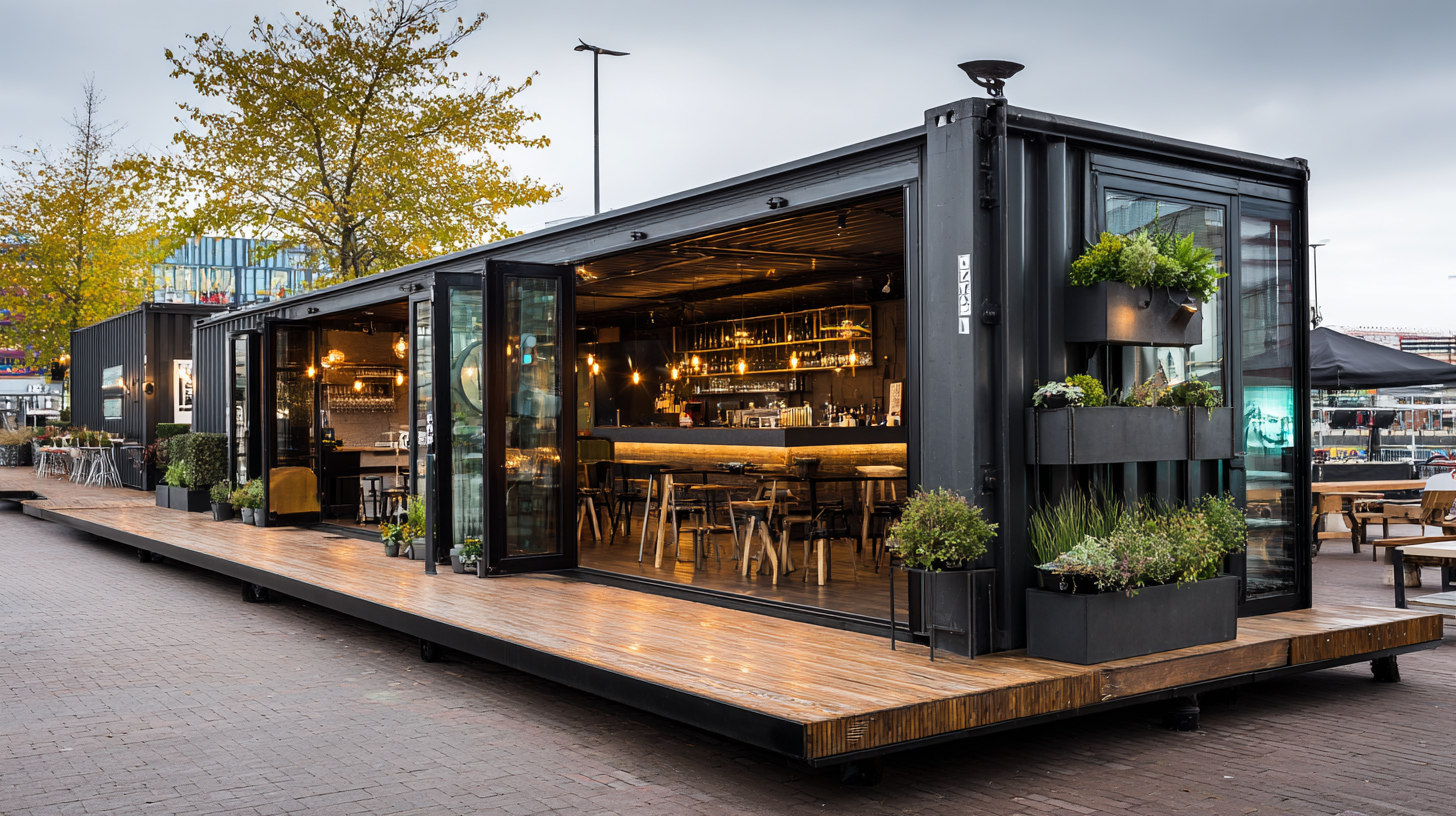 One notable case study is the "The Container Yard" in Los Angeles, which combines multiple containers to house various culinary vendors. This vibrant space not only fosters an eclectic dining scene but also encourages community engagement through events and art installations.
One notable case study is the "The Container Yard" in Los Angeles, which combines multiple containers to house various culinary vendors. This vibrant space not only fosters an eclectic dining scene but also encourages community engagement through events and art installations.
Another exemplary model is the "Boxpark" in Shoreditch, London, a pop-up mall constructed from shipping containers that hosts a diverse array of food stalls and retail shops. By integrating shipping containers, Boxpark has redefined the urban landscape, providing an innovative space that promotes local businesses and enhances social interactions. These successful shipping container restaurants not only offer diverse dining options but also signify a shift towards more sustainable and adaptable urban infrastructure, providing cities with a dynamic, modern touch.
Related Posts
-

Maximize Your Space: The Rising Trend of Second Hand Storage Containers in Urban Living
-
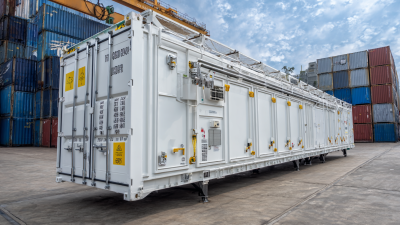
Understanding Container Insulation: The Key to Energy Efficiency in Shipping and Storage
-
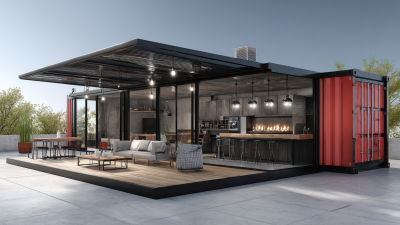
Transforming Your Space: Innovative Uses for Empty Shipping Containers
-
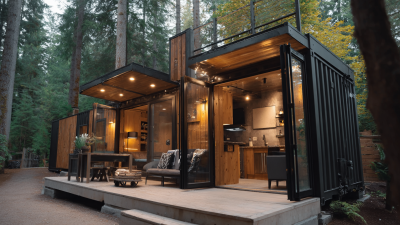
Exploring the Future of Sustainable Living with Container Cabins
-

Transform Your Space: The Rise of Shipping Containers for Storage and Their Eco-Friendly Benefits
-
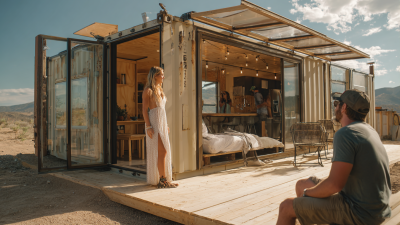
Unlocking the Future of Sustainable Living through Innovative Container Conversions

